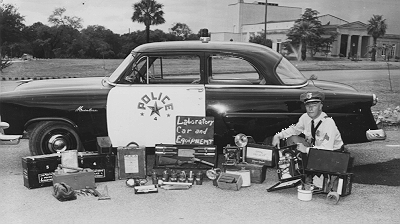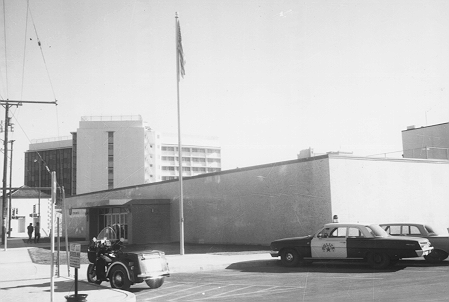During this time, the SAPD entered the era of Civil Service. The population of the city expanded, and the SAPD grew in both manpower and modern technology.
 For the SAPD, the post-war period brought both stability and change. In the past, mayors were in charge of appointing the Chief of Police/Chief Marshal. This meant there was a long list of chiefs going in and out of office according to the popularity (or whim) of the mayor, who was himself subject to an election every two years.
For the SAPD, the post-war period brought both stability and change. In the past, mayors were in charge of appointing the Chief of Police/Chief Marshal. This meant there was a long list of chiefs going in and out of office according to the popularity (or whim) of the mayor, who was himself subject to an election every two years.
With a change in city government to a council-manager format, the position of Chief of Police entered a new period of stability. The longest-serving chief in SAPD history, Chief Bichsel, was appointed in 1953, and remained in the position for 19 years. Only five other men served as chief throughout the rest of the 20th century.
The 1950s was also a period of expansion in SAPD, not only of manpower, but also of facilities. These included a new headquarters building, an expansion of the crime laboratory, and updated equipment for officers and support staff. This led to an increase in professionalism in all areas of the department.
Chief Bichsel's appointment as Chief of Police in 1953, and the 1957 Leonard Report (A Survey of the Police Department) are among the most significant turning points for SAPD.
SAPD Headquarters on Nueva Street - Original 1962 one-story building:
